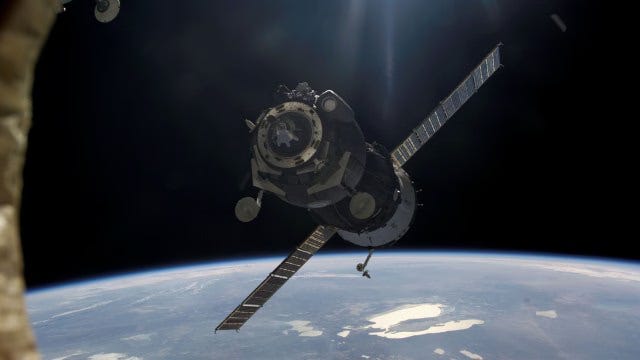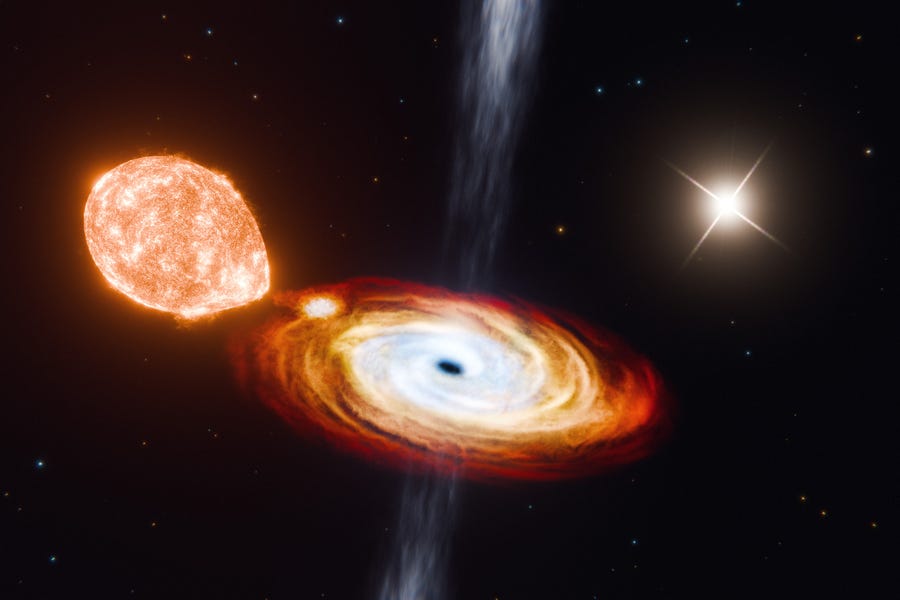Weekly - Boeing-designed satellite mysteriously disintegrates in space and more
🟡 Weekly Space News - Quick and Easy.
Our Engagement Palette!
We’re excited to share a new colour-coded system for SpaceBlaze:
🟤 Brown: For posts that are mundane and bland.
🟡 Yellow: For fairly interesting posts.
🟢 Green: For our most engaging posts.
This Palette will help you decide which post is worth your time!
*Applicable only for Weekly Space News
This week’s post ranks yellow 🟡 on the Engagement Palette.
Boeing-designed satellite mysteriously disintegrates in space
A communications satellite owned by Intelsat and designed by Boeing mysteriously stopped functioning and broke up into several pieces for reasons still unknown last week. The satellite was in Geostationary orbit (36,000 km altitude) and was responsible for providing communications to countries in Africa, Asia and Europe. Intelsat, Boeing and other government agencies are working to find the cause of this breakup. The broken pieces of the satellite add to the large amount of space debris that could be a threat to other functioning satellites. The US Space Force has reported that the satellite broke up into over 20 pieces, but other reports from space agencies like Roscosmos say there could be a lot more.
Scientists find a triple black-hole system for the first time
Some black holes are found with a star orbiting it or sometimes even another black hole. Recently, however, scientists using ESA’s Gaia telescope in space discovered a triple black-hole system for the first time. The name might sound like there 3 black holes in the system, but in this case, there is only 1 black hole being orbited by 2 stars. This setup includes 3 ‘objects’ hence the name. Scientists found that the black hole at the centre is orbited by a star every 6.5 Earth days, but there is also another star much further away that orbits the black hole every 70,000 Earth years. Until now, black holes were thought to form from the violent explosion of a star, but if that were the case here, the outer star would have been pushed away and wouldn’t still be in orbit. This makes it the first evidence of a black hole forming through a gentler process of a star collapsing on itself.



